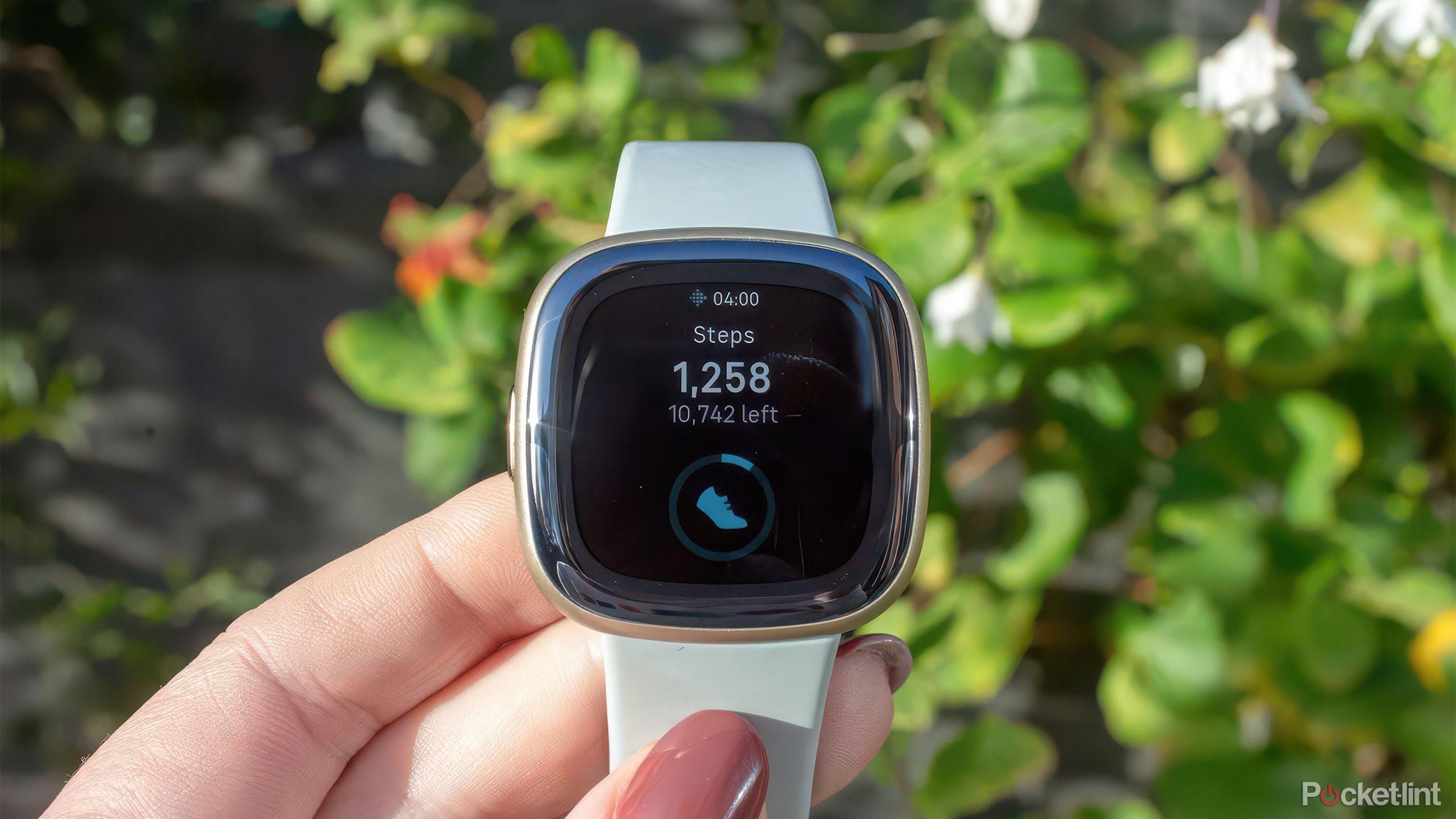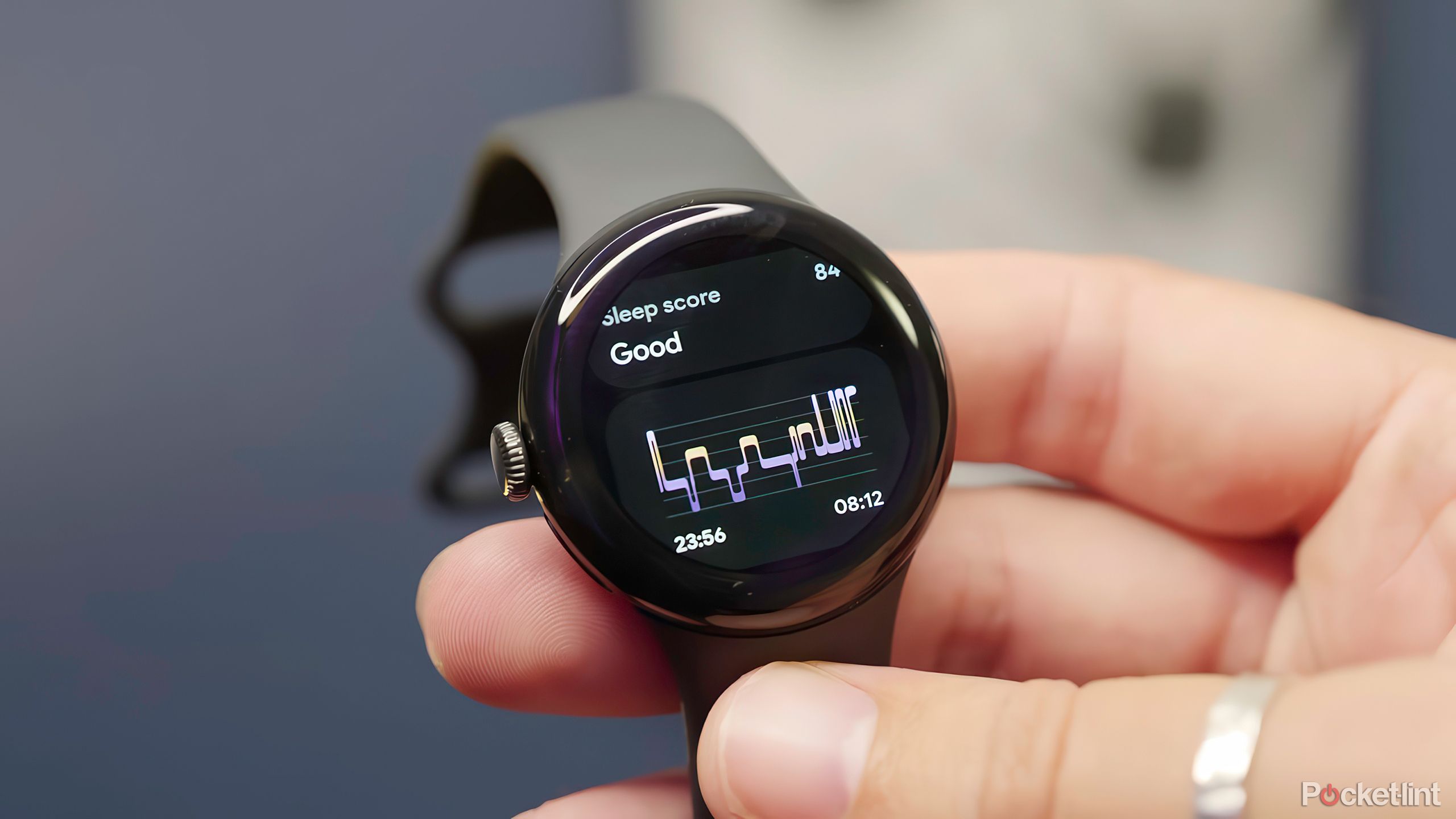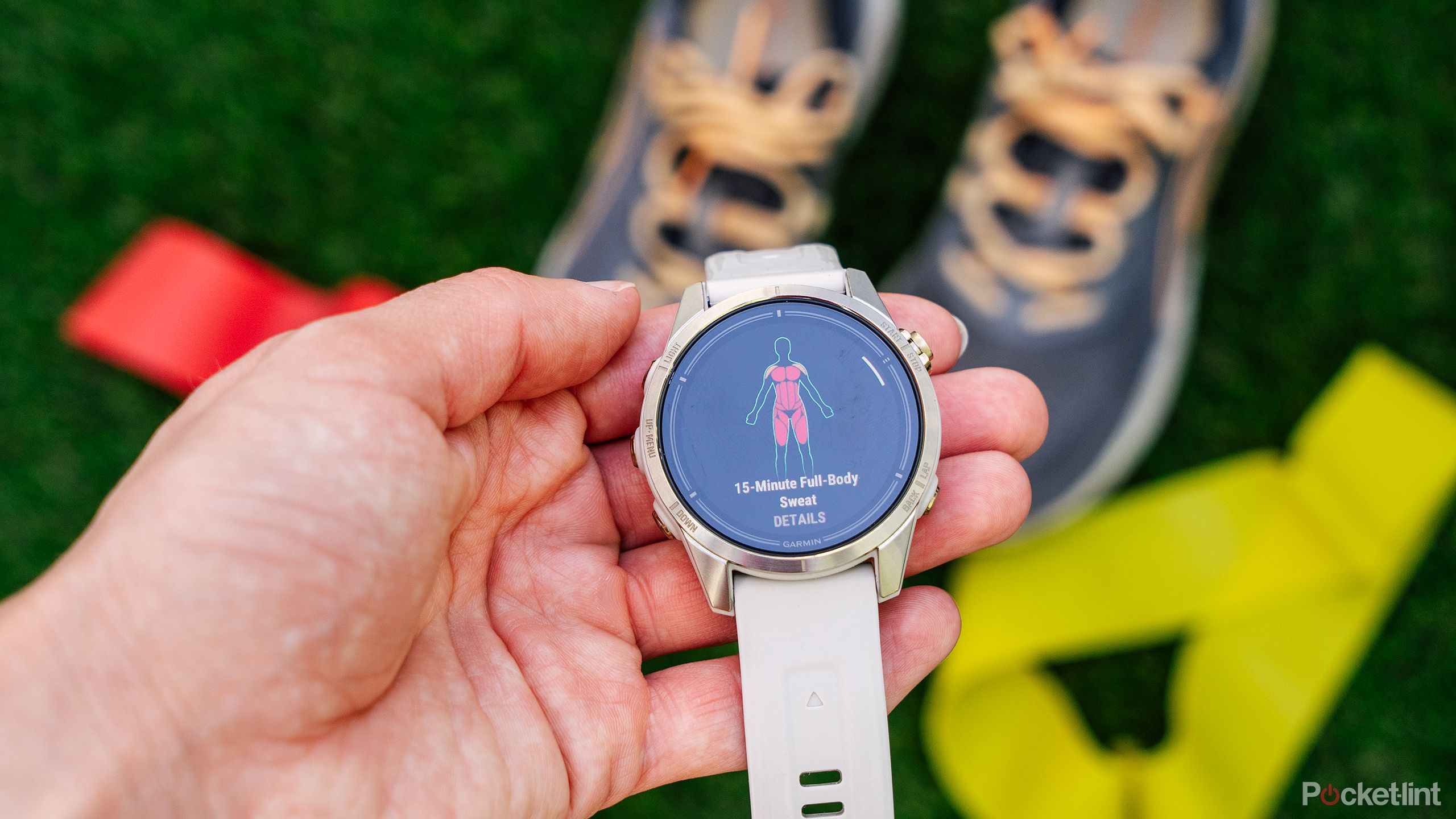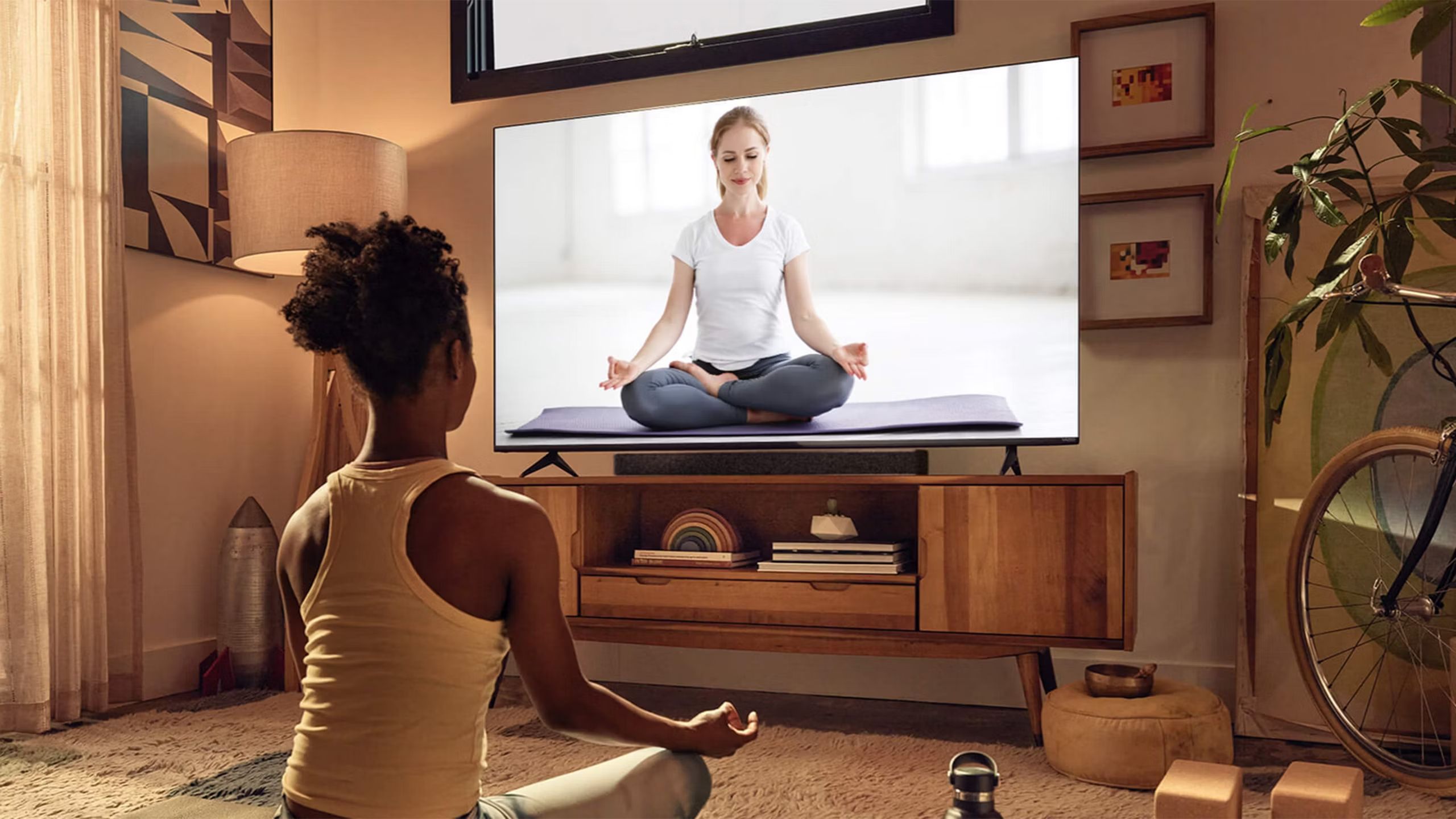Fitness
4 gimmicks to ignore when shopping for a fitness tracker
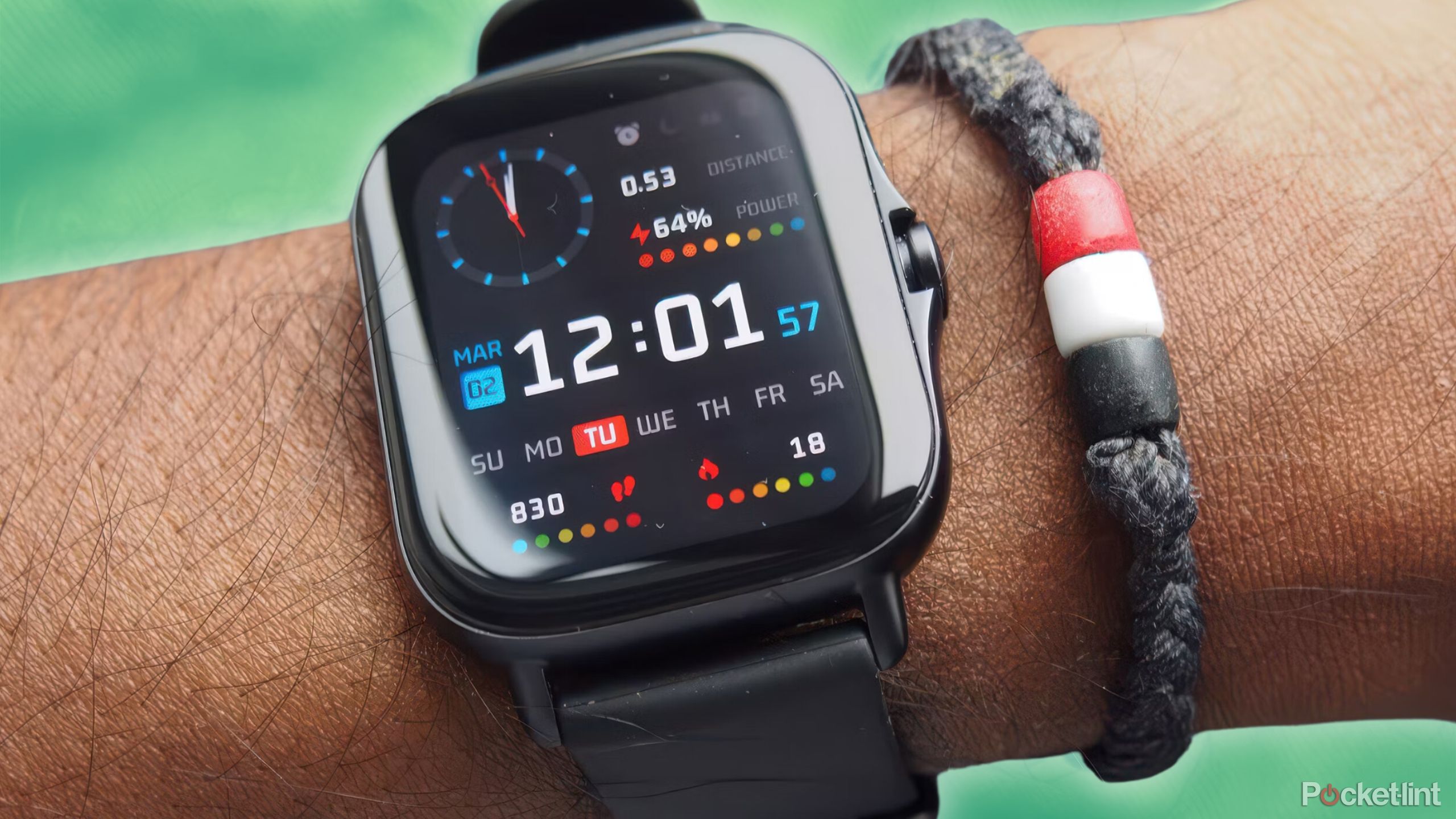
Key Takeaways
- Steps are a basic measure of activity, but not a true indicator of fitness level or progress. Focus on more effective forms of exercise.
- Sleep tracking can be inaccurate and overrated. Monitoring blood oxygen or skin temperature might provide more valuable insights for health.
- On-device coaching for activities like yoga or weight training may not be customized or effective. Research popular programs for better results.
There’s a lot of misinformation about health and fitness, even among people who ought to know better. When it comes to fitness trackers, popular misconceptions can translate into features that are mildly useful at best, or at worst, divert you from the things that will genuinely improve your life. It’s about selling the public what they think they want, rather than just what they need, after all.
To be clear, quality trackers often have one or more of the features I’m about to list — you shouldn’t necessarily avoid a product because it includes them. Rather, as the headline suggests, you should simply ignore these items and focus on the tracker features that make a difference. Also, expensive trackers such as the Apple Watch Ultra can sometimes even be as guilty as cheaper ones.
Related
Should you buy an Apple Watch Ultra 2 or wait for the Ultra 3?
The answer is simpler than it might normally be with Apple products.
1 Step counting
Not all steps are created equal
Counting steps does have some value, especially if you’re trying to break out of a sedentary lifestyle. You’re getting more exercise if you take 6,000 steps a day instead of 3,000, or achieve the ever-popular goal of 10,000.
There are a couple of problems with concentrating on steps though, the first being accuracy. Most fitness trackers are wrist-based, gauging steps based on how your arms move. There’s an obvious flaw there, so steps may be both exaggerated and under-reported at the same time. Some people will deliberately fake steps when they’re competing against friends, family, or co-workers.
Steps can only help you progress so far.
The other issue is that steps can only help you progress so far. They’re very loosely tied to how fit you are — with that 10,000-step goal, for example, there’s a difference between earning them from HIIT (high-intensity interval training) versus pacing around work during a 12-hour shift. And that’s ignoring the benefits of strength training or martial arts, too. You can be fit enough to deadlift 400 pounds without cracking 5,000 steps.
The tracker industry has largely de-emphasized steps now that heart rate tracking is common, but you may still see it as a selling point sometimes.
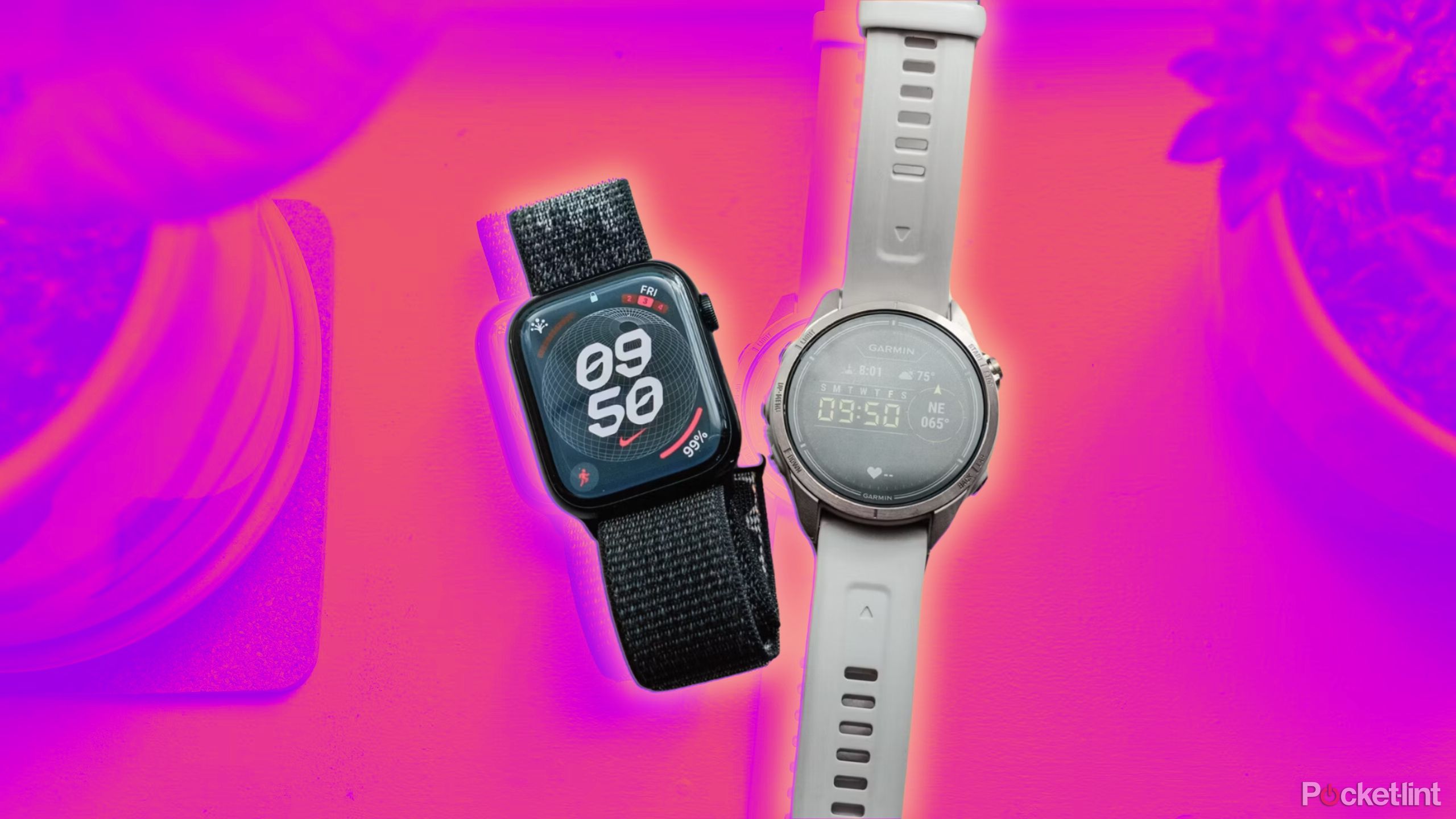
Related
5 reasons you should choose a Garmin tracker over an Apple Watch
The Apple Watch is great for basic daily wear, but Garmin’s trackers take things up a few notches when it comes to fitness.
2 Sleep tracking
Hope you’ve got a lot of battery life, too
Like step counting, sleep tracking isn’t worthless, but it is overrated. Its accuracy is even more wildly variable than step counting. In some situations, trackers won’t even get the length of your sleep right — they’ll count you as resting when you’re stuck with insomnia, and Apple infamously links its Apple Watch measurements to pre-defined schedules. Even Garmin only recently implemented nap tracking, which should be de facto on all smartwatches. A 30-minute nap could mean the difference between beating a personal best at the gym or falling short.
There’s a little more worth in devices that can monitor blood oxygen and skin temperature.
Sleep is extremely important for overall health. For the average person, however, there’s no need to track it. It’s just a question of targeting seven to eight hours per night, and identifying anything that might be interfering. You’re probably already aware that you have a snoring partner, stress from work, or you’re staying up too late playing Elden Ring.
There’s a little more worth in devices that can monitor blood oxygen and skin temperature, or even room conditions such as light and sound levels. They may pinpoint factors active while you’re unconscious, and a related feature in some products is sleep apnea detection — something that could potentially save your life.
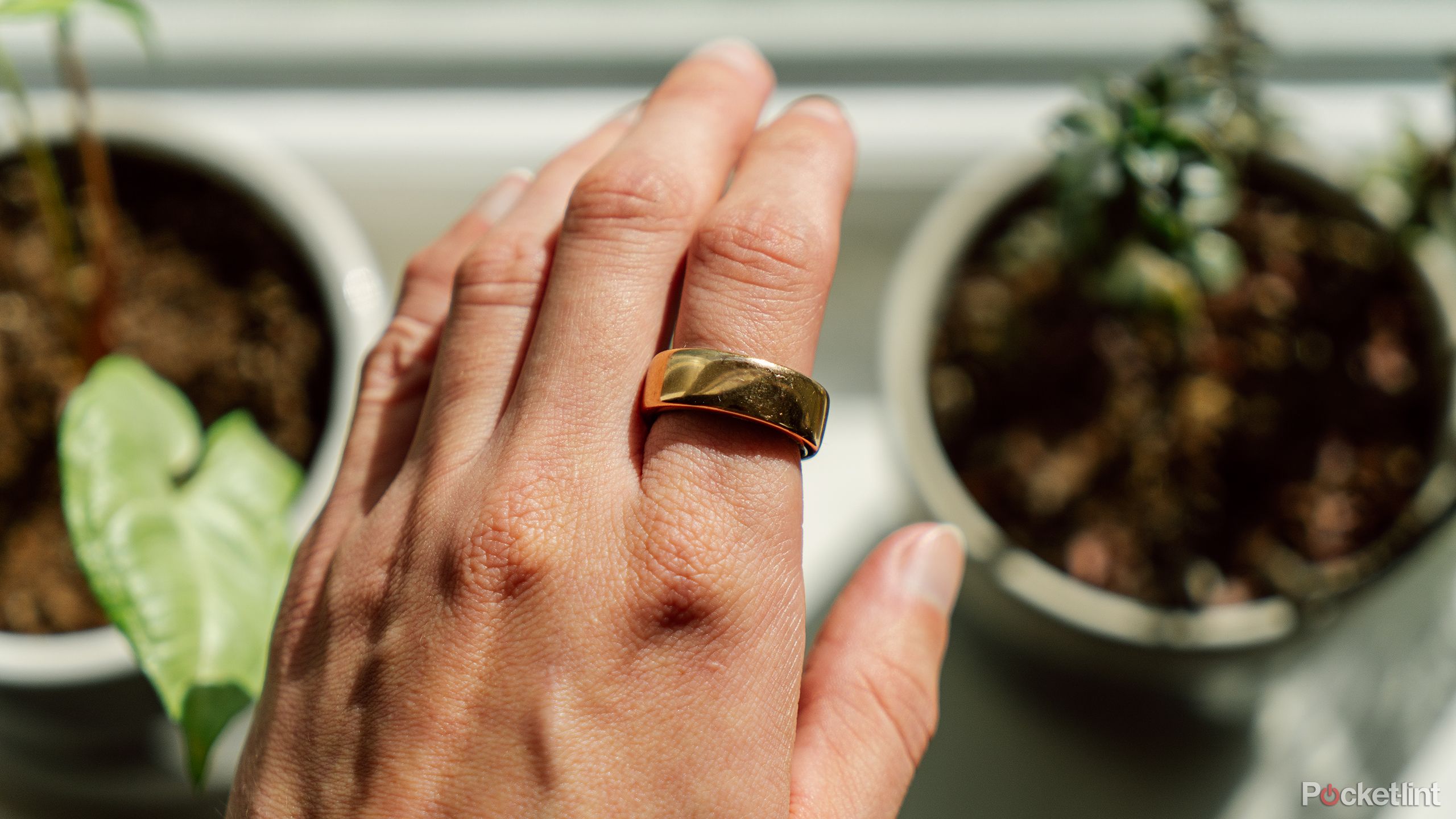
Related
Oura’s latest update is a game changer for women’s health
As part of Women’s Health Month, the new features will be released in conjunction with its “Be the Expert in You” campaign.
3 On-device program coaching (unless it’s running or walking)
You can work harder
You’ll sometimes encounter trackers that promise to guide you to goals in activities like yoga, calisthenics, and light weight training. They’ll serve workouts to you, and may even show you how to perform some exercises if you’re unfamiliar.
These are worth trying if you’re new to fitness, but should be taken with a grain of salt. They may not be customized to your abilities, and even if they are, they can still push you too hard or not hard enough, more likely the latter. They’re certainly not going to take you far if your goal is strength — it seems like device makers are terrified of telling customers to get under anything but the lightest of barbells.
You’re better off researching popular programs on the web (ideally, science-based ones).
For many forms of training, you’re better off researching popular programs on the web (ideally, science-based ones) and using YouTube to show you how to perform exercises properly. If that’s not enough, it’s time for a real-world trainer with appropriate credentials.
As mentioned, the exception to all of this is running and walking. It’s hard to go too far wrong, and now some programs like Couch to 5K are tried-and-tested, whether on or off of wearables.
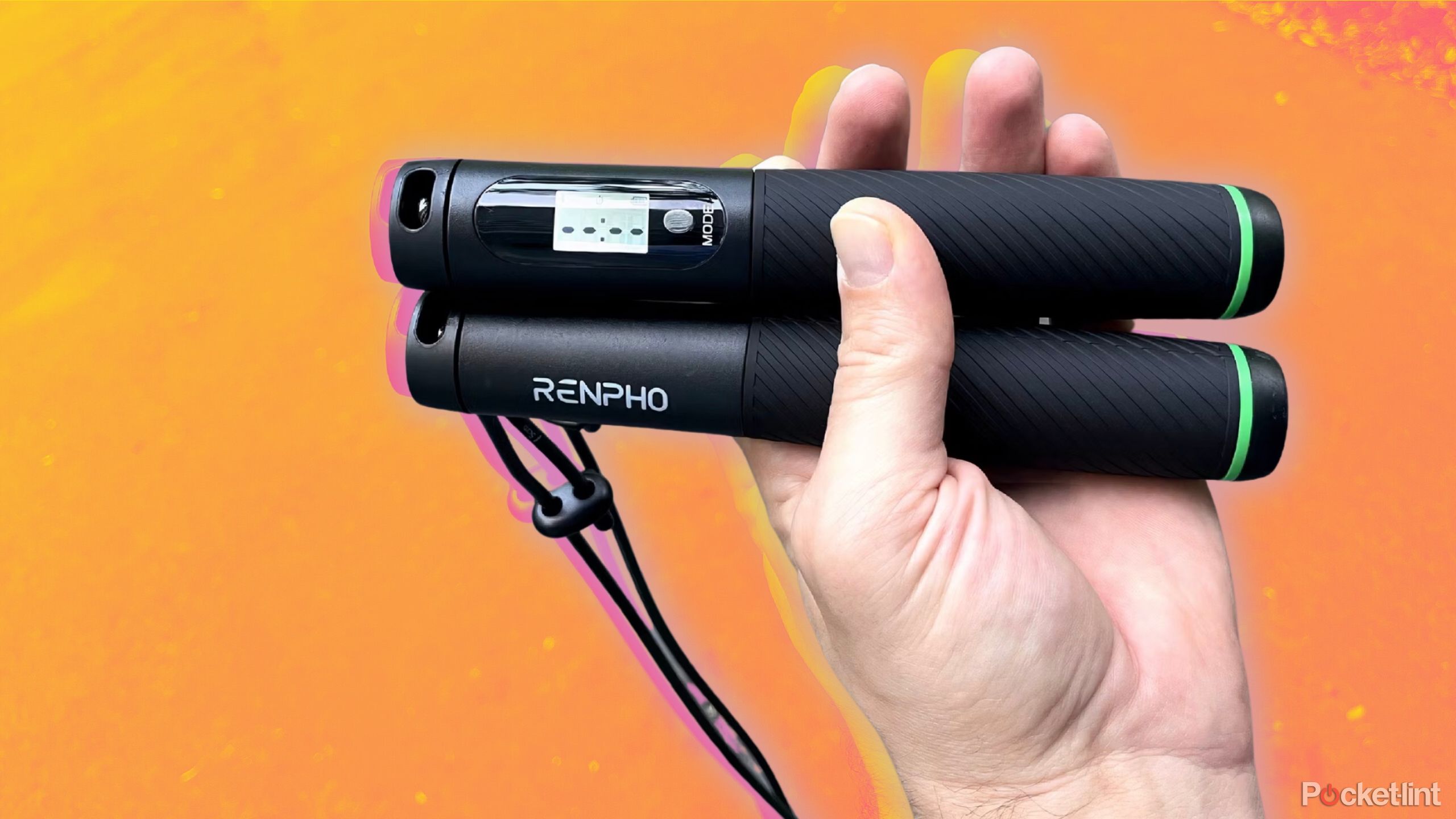
Related
I got a coach and a piece of workout equipment with the Renpho Smart Jump Rope
If you want a serious workout and a coach all in one, the Renpho Smart Jump Rope is the exercise gadget that’ll make you feel like a boxer.
4 ‘Mindfulness’ features
How about you remember to breathe, Apple
Vizio
I’ve used and enjoyed these sorts of features on multiple devices, including Apple Watches and VR headsets, yet they are ultimately a gimmick. When trying to calm down, most people don’t need a watch to remind themselves to focus and breathe slowly. Likewise, you probably don’t need to log the mood you’re in, or see hallucinogenic visuals while you meditate.
It’s unlikely to be the solution.
I say “most people” intentionally, since you could, of course, be suffering from a condition in which outside prompts would help. More power to you if a wearable provides some relief. It’s unlikely to be the solution, though, which is why I’m relegating mindfulness features to the gimmick category. They’re never a primary reason to buy a smartwatch or any other fitness tracker.
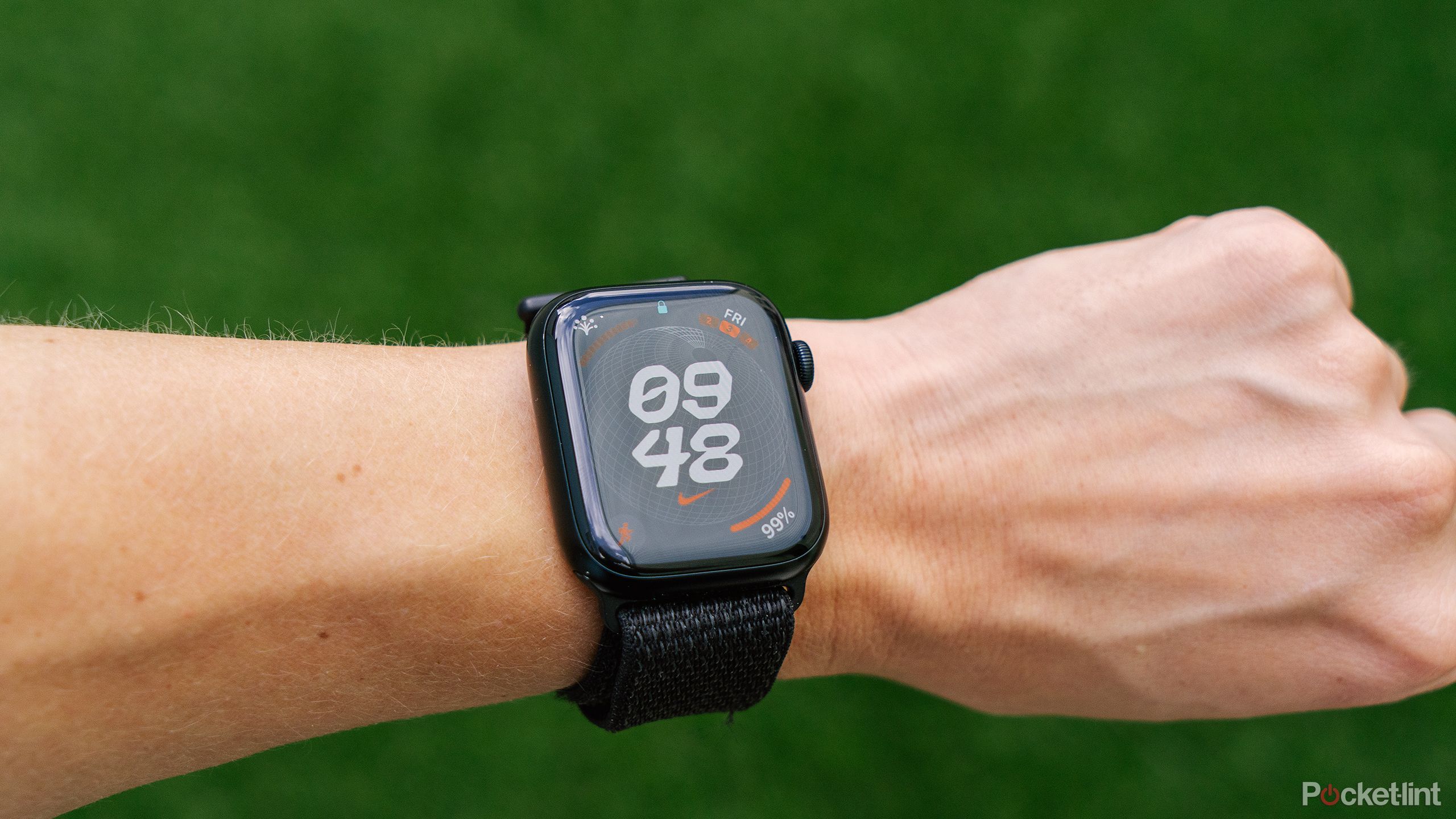
Related
The tech I use to supercharge my weightlifting
You don’t need any apps or gadgets to lift heavy, but they can certainly help.
FAQ
Q: What sort of features should a fitness tracker have?
This is a more detailed guide you should read, but the most basic feature is a heart rate (HR) sensor. This gauges not just how hard you’re performing, but a rough estimate of calorie burn if you’re trying to build muscle or lose fat.
The better trackers add things like a blood oxygen (SpO2) sensor and accurate GPS tracking. You should always demand water resistance, and a rugged design if there’s a chance your tracker will get roughed up — a Pixel Watch 2 may not be the best choice for climbing or weightlifting. Divers will need to find something that’s suitably depth-rated.

